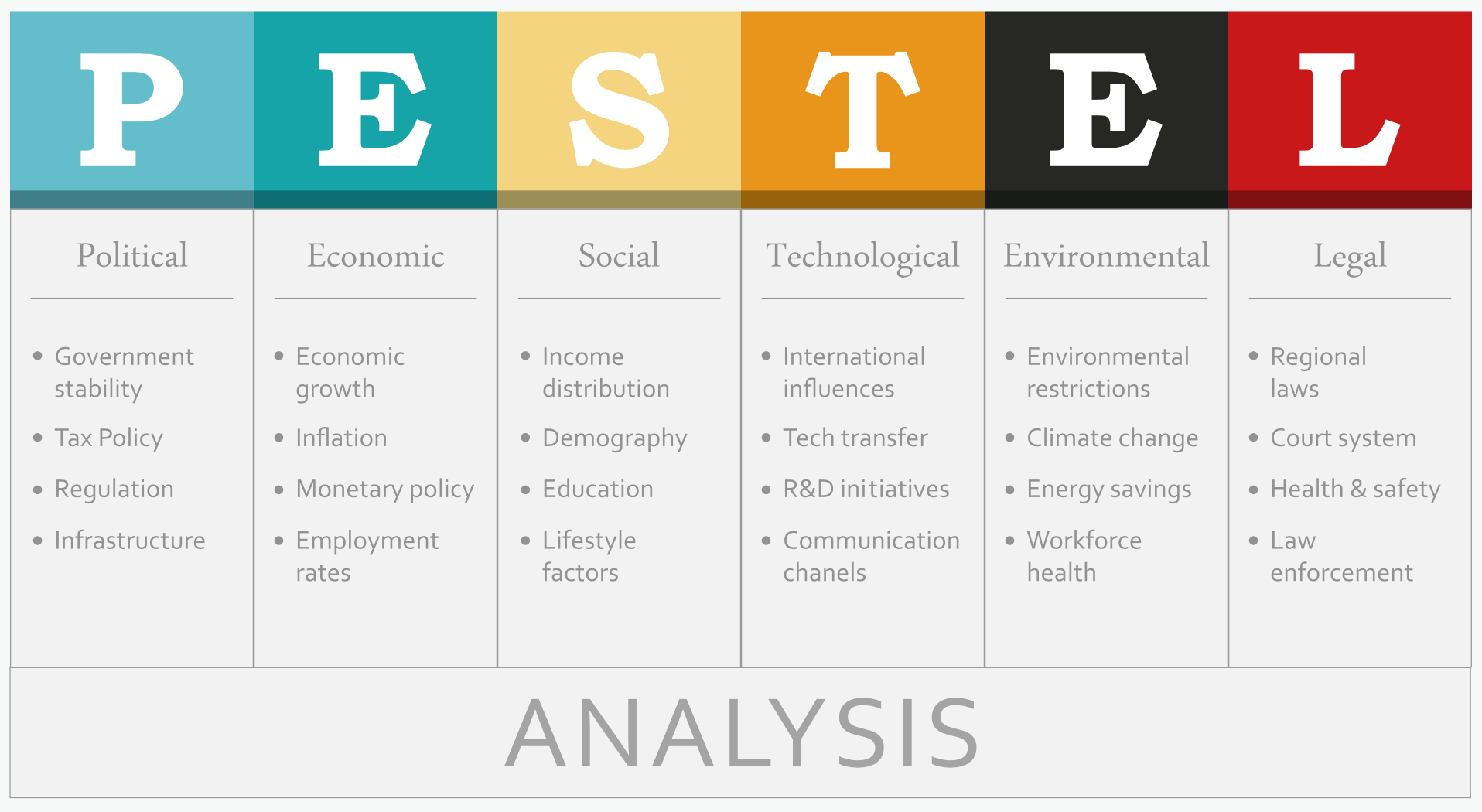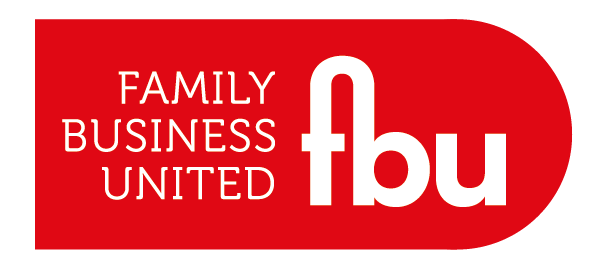As we move into the Spring season, we find ourselves in a time of exceptional uncertainty and in an environment which is rapidly changing. This rapid environmental change is impacting us on both a personal and professional level.

For many business leaders, this spells a challenging period for their businesses and for them personally. It is safe to say that most leaders can see the need to adapt to this new environment, but as each week brings a new set of challenges, there is a struggle to see exactly how to plan ahead. In this article, I’ll walk through a simple framework that any business can use to develop a strategy for dealing with disaster situations.
Scenario-based disaster planning is an excellent framework for developing strategic plans in highly variable environments.
When people experience high pressure situations, like a crisis, a common response is to jump immediately from where we stand currently to how we can most quickly solve the problem in hand. This is often not the best response to a crisis situation as it gives little consideration to your desired outcome in the medium to long term. It can result in leaders and teams getting caught up in firefighting with no clear overarching objectives.
The framework we use to define the optimum process when identifying and addressing business issues is called ‘Now, Where, How’.
Taking some time to identify the current underlying issues of a business is always the starting point when analysing the “Now”.
It can be really frustrating to address a problem only to have the same issue reoccur despite your best efforts. To give yourself the best chance of avoiding recurring issues, it is important to make sure you are treating root cause and not merely dealing with the symptoms of the problem as you see them.

I find the best way to dig into your real issues is to use a Mindmap with your team. It is usually a quick process to identify the main challenges and urgent concerns. After all, no one knows your business like you and your team do.
While you are doing your Mindmap, it is also important to consider opportunities which could arise from your situation. I know it might look grim given the current level of turbulence, but there is often a positive to be found, an upside, even if you have to fight hard to find it!
Understanding the impact that a crisis could have on the current vision for your business is key to working out the “Where” for the framework.
For most people, having a plan for the situation you find yourself in is a comfort and can make you feel more in control, even if that situation is not a positive one.
When working out our “Where” position, we use 3 potential scenarios; low severity, medium severity and high severity. For each of these we assume a degree of business disruption and revenue impact.
I know for many people they will now be in a high severity disaster scenario, and the medium and low scenarios will work instead to form part of planning for their future recovery rather than ramping up in severity.
To give us the best chance of considering all areas of our business and market which could be affected on a macro level we use a checklist called the PESTEL factors.
We can use PESTEL to explore external forces that can effect a business, and where necessary, rank accordingly for severity.
The acronym PESTEL stands for:
-
Political
-
Economic
-
Social
-
Technological
-
Environmental
-
Legislative
Using PESTEL as a framework to examine the macro factors that are impacting your organisation is an excellent method of analysing those forces which might negatively effect your business. Conversely, this model can also expose potential areas of growth or opportunity. Whatever the outcome, with increased awareness of the business landscape you’re in, your organisation will be better placed to move forward with plans.
Using the Change Success model can increase you chance of a successful change initiative drastically.
When beginning to look at how you are going to implement your plan, a good starting point is to explore the urgent issues impacting the next 7 to 30 days and start there.
Interestingly, some research shows that new change initiatives have only around a 30% chance of success. Considering your potential roadblocks using a tool called the Change Success model can increase your odds substantially, to around 80%, making this very worthwhile when working on change initiatives.
As you start to implement your actions, there are 3 key areas to consider:
1. Risk
What are the potential risks to the business and how can we work to mitigate them?
FMEA is a great tool to use when considering risk.
2. Waste
How much cost can we remove and from where?
This is usually the first area companies go to in a crisis situation and is of vital importance. Running as efficiently and as lean as possible be key to surviving in a crisis. We can use profitability and waste tools to help us identify these areas.
3. Growth
Are there opportunities for business growth?
Growth is often overlooked when focusing in on a crisis and its impact. They may be hard to find, but preserver and hunt out your chance to grow. Growth model and Force Field analysis are good tools to use for this.
The most important part of the process overall is to document your plan and assign accountability.
Once you have worked hard on identifying your Now, Where and How, it is time to make sure you have an easy to understand reference document to refer to. I use a format called a One Page Plan which captures everything on a single page and is easy for anyone to pick up and understand quickly.
Another element of your plan which will be vital to its success, particularly in a fast-moving situation like a crisis, is keeping everything regularly updated. I think while things are changing rapidly it is a good idea to look over and update you plan at a weekly management meeting with your team. Things WILL change and you will have to be flexible and adapt on the fly.
Regular meetings also give you a great opportunity to assign accountability to both your team and your advisors as well as implementing KPI’s to measure the success of your actions.
Finally, it is worth stressing that most of you do have the capabilities to cope with the current crisis and this framework is only a structured way of implementing tools to assist you and organise your plans.
Stay safe, stay positive and prosper as a team.




